Want to host the 16th International Seagrass Biology Workshop?
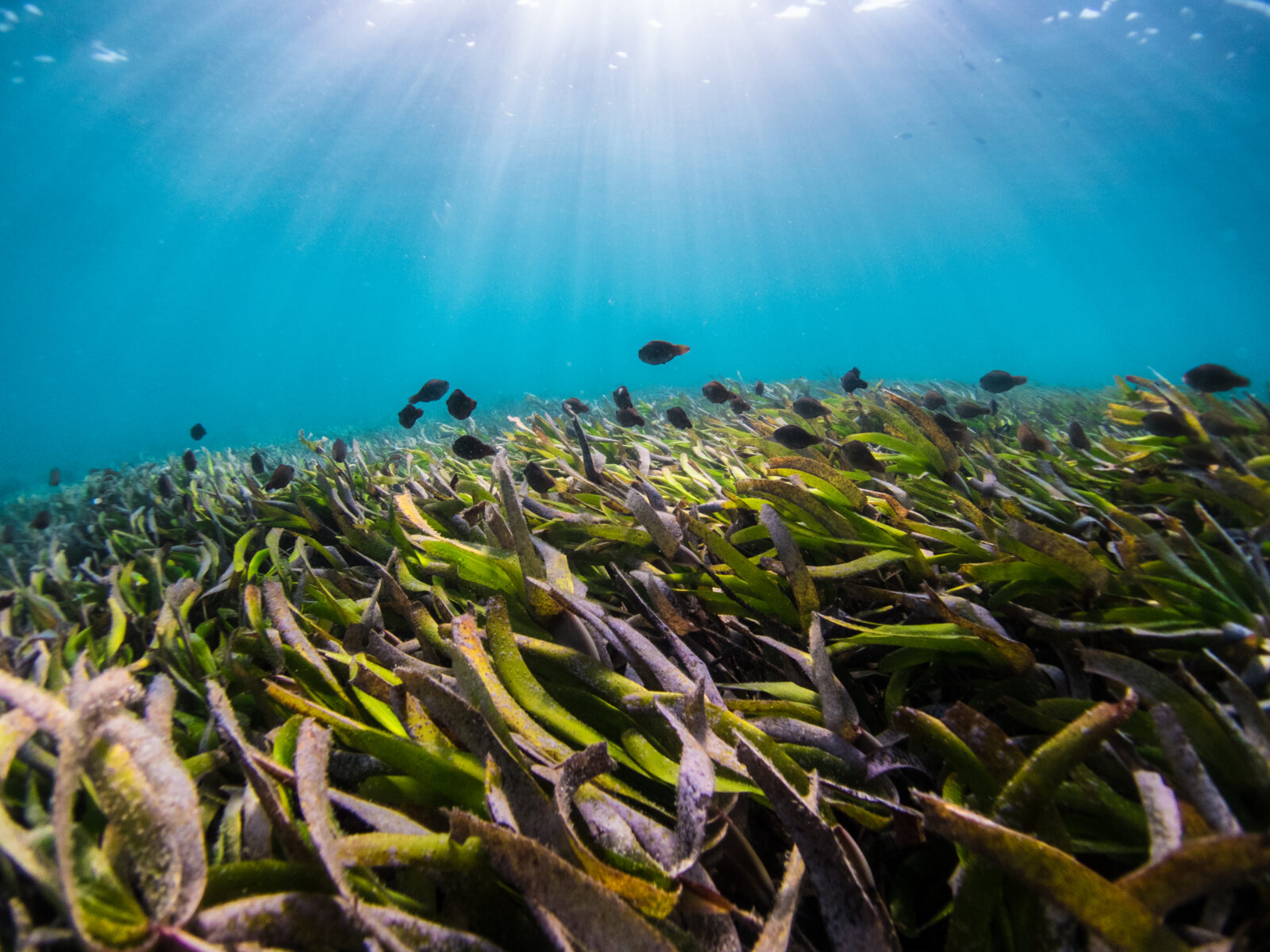
The World Seagrass Association Inc. invites expressions of interest from members and interested organisations/institutions who would like to host the 16th International Seagrass Biology Workshop (ISBW) in 2026. The International Seagrass Biology Workshop series is a meeting of research scientists, students and coastal environment managers focusing on global seagrass issues, improving seagrass knowledge, developing networks and advocating for seagrass protection/conservation. ISBWs are often 4-6 day events, made up of 2-3 days of talks (in a conference setting) and 1-2 days of workshops and often include an additional day for a field trip. Participants are generally around 100 individuals, however, this is highly dependent on the venue. The timing for ISBWs has mostly been late September, although the timing is dependent on what is most suitable for the hosting country (e.g. tides, holidays, etc). We would also like to encourage organisations/institutions in localities that have been underrepresented in past ISBWs to consider hosting this event to highlight the need for seagrass research and to expand our research networks. After the first official ISBW in 1993 it was decided that meetings were to be held at two year intervals, swapping between developed and developing nation locations. The 2024 meeting (ISBW15) will be held in Naples, Italy, from 17-21 June, in conjunction with the World Seagrass Conference (WSC2024) (https://www.isbw15.it/). Past ISBW venues include:ISBW1 (1993) Japan – KominatoISBW2 (1996) Australia – Rottnest IslandISBW3 (1998) The Philippines – Quezon City and BolinaoISBW4 (2000) France – Corsica!SBW5 (2002) Mexico – EnsenadaISBW6 (+Conference) (2004) Australia -Townsville and Magnetic islandISBW7 (2006) Africa – ZanzibarISBW8 (2008) Canada – Bamfield, Vancouver islandISBW9 (+Conference) (2010) Thailand – Phuket and Trang ProvinceISBW10 (2012) Brazil – BuziosISBW11 (2014) China – Sanya, Hainan ProvinceISBW12 (2016) United Kingdom – Nant Gwrtheyrn, WalesISBW13 (+Conference) (2018) SingaporeISBW14 (+Conference) (2022) USA – Annapolis, Maryland To read about the history of the ISBW series, seeColes, R., Short, F., Fortes, M. and Kuo, J (2014) Twenty years of seagrass networking and advancing seagrass science: The International Seagrass Biology Workshop Series. Pacific Conservation Biology 20(1): 8–16. (http://www.publish.csiro.au/nid/302/paper/PC140008.htm), andHind-Ozan, E.J., Jones, B.L., 2017. Seagrass science is growing: A report on the 12th International Seagrass Biology Workshop. Marine Pollution Bulletin.http://dx.doi.org/10.1016/j.marpolbul.2017.08.017 The International Seagrass Biology Workshop (ISBW) is an official activity of the World Seagrass Association Inc., and WSA Inc. plays a guiding role, and assists the Convener/Organising Committee when requested. Members or organisations/institutions who are interested in hosting the 16th International Seagrass Biology Workshop (ISBW) in 2026 should submit an Expression of Interest by email to Len McKenzie, Secretary, World Seagrass Association Inc., at wsa.secretary@gmail.com no later than March 01, 2024.Expressions of Interest should be no longer than 3 pages and include the following:• Name of Applicant• Applicant’s contact information including physical address and email address• Proposed Hosting Institution (add a brief description)• Country and proposed location for the event• Institutional Support• Tentative Venue Details (conference, workshop and field trips)• Preliminary Proposed Theme• Travel & Visa Considerations• Health & Safety Considerations• Diversity, Equity & Inclusivity ConsiderationsThe WSA may require more detailed information in future before a final decision. If you require additional information or any enquiries, please email wsa.secretary@gmail.com Previous Post January 15, 2024 ISBW press release updates World Seagrass Association
Nursery News Vol. 22
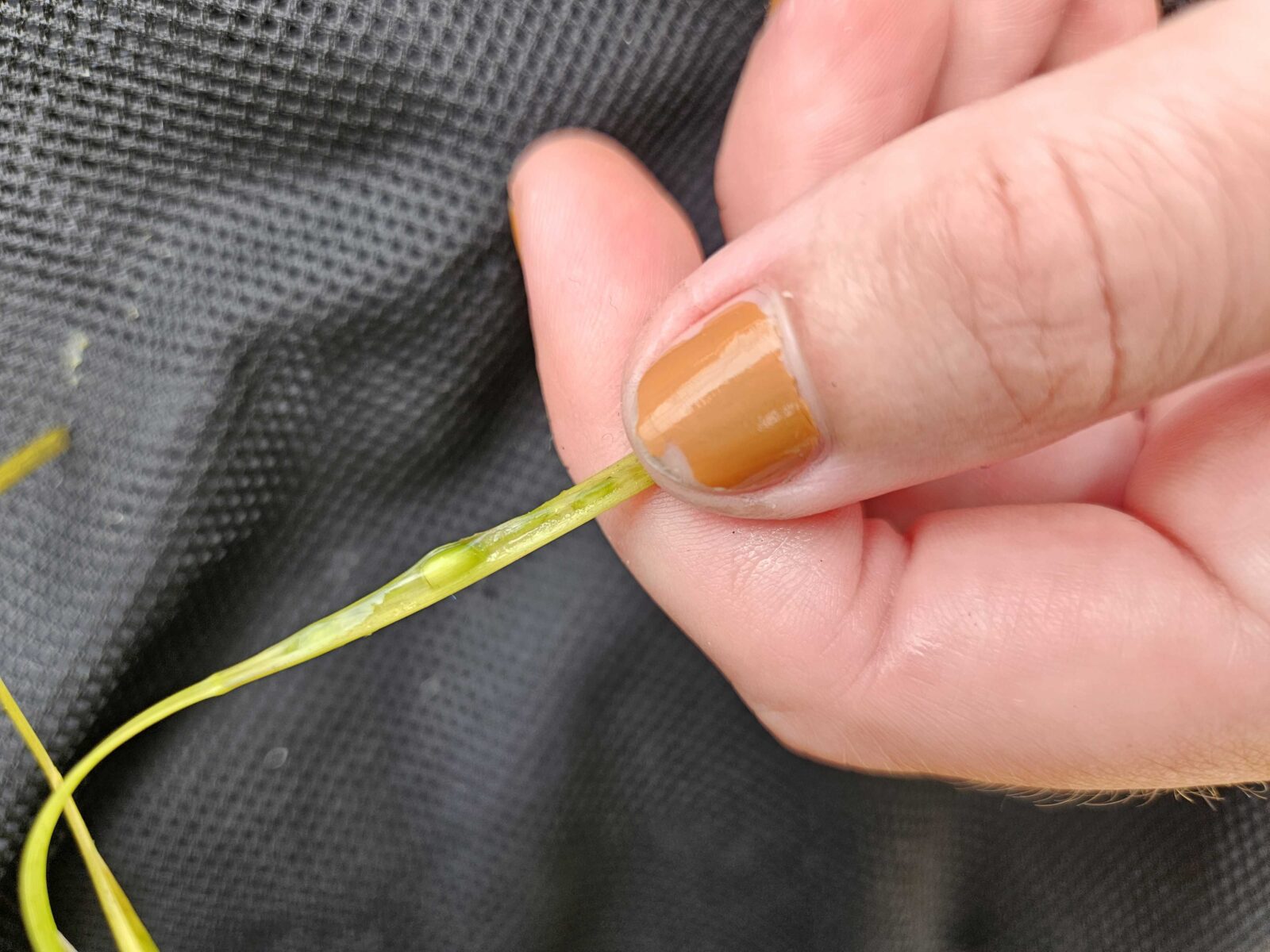
By Emily Yates
Project Seagrass celebrates its 10th birthday ?
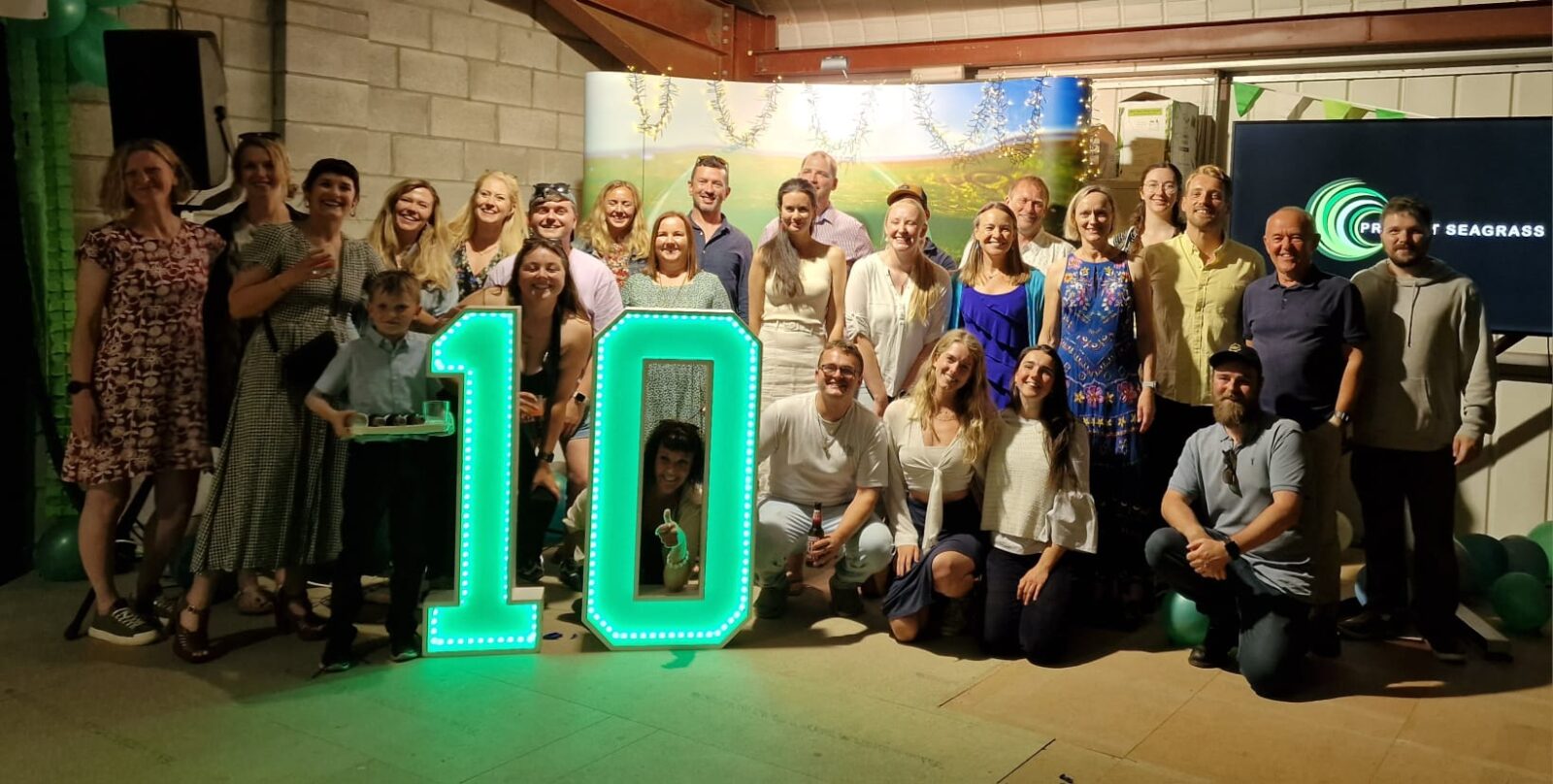
Reflecting on 10 years of Project Seagrass Project Seagrass was created on the 29th July 2013 with the vision of saving the worlds seagrass. As we approach our 10th birthday, we’re looking back on the last 10 years with our founder Ben Jones and CEO Leanne Cullen-Unsworth. Where we’ve come from Reflecting on 10 years of Project Seagrass, Dr. Benjamin Jones, one of the organisations founders, it’s Chief Conservation Officer and the current President of the World Seagrass Association, said: “We have all heard the story of two students bonding over their interest in seagrass meadows, both with different visions of the approach needed to conserve them and joining forces with their supervisor to, at first, create a non-profit association. I was not always interested in seagrass. In fact, I stumbled upon it in 2011 while on holiday in Dominican Republic. At the time I was mad for coral reefs, I had bought a new underwater camera, rented all the coral reef ID guides I could from the Swansea University library, and had the intention of spending two weeks snorkelling on the reef. To get to the reef though, I had to snorkel over 500m of this green stuff. And this green stuff captivated my attention. It was full of fish, invertebrates, all different shapes, sizes and colours. There were even different types of this green stuff – some that was like normal grass and some that felt like spaghetti. I think I got to the reef twice during that holiday – twice in two weeks. Instead, every day was spent in the green stuff. I was hooked, this green stuff was my calling, and I wanted to learn everything I could about it. If only I hadn’t filled my bag with coral reef books. Fast forward 18 months and I remember quite vividly where the name for the organisation that we are celebrating came from, and the vision that I had for what that name meant. It was a sunny day in May, a couple of weeks before my 22nd birthday, and I was on a train on my way home from West Wales. I had this square steel frame, a quadrat, fastened to my backpack and a cooler bag full of seagrass samples around my shoulder. I remember a few people asking me what on earth it was, and what I had been doing, to which I responded rather proudly “I’ve been surveying and sampling seagrass”. Yet, I quickly realised that they had no idea what I was talking about – they didn’t know what seagrass was. It was that train from Tenby to Swansea where I thought to myself, seagrass needs a voice. People do not have a clue that this group of plants even exists, let alone what they provide. Thoughts and feelings that each one of us directors arrived at independently.” “When I first uttered the words “Project Seagrass”, I was inspired by Project Tiger, launched in the 1970’s by the Indian Government, and now the largest species conservation initiative of its kind in the world. I was also inspired by Project Purple, Apples codename for what we now know as the iPhone. When I first uttered the words Project Seagrass, it symbolised a codename for conserving the world’s seagrass meadows, whether directly, just as Project Tiger has done for tigers, or indirectly through diverse means of communication, research and innovation, just like what was needed to create the iPhone. To all of us, Project Seagrass symbolises a much larger vision and movement, that transgresses us as individuals, as an organisation, and as a community. To me it symbolises a vision for seagrass itself, and for the people and biodiversity that depend on it – a vision for this quirkily plant that has existed for 140 million years, and seen species and civilisations rise and fall around the coastlines it has inhabited. Project Seagrass is a vision for this group of plants that needed a voice in the world. A lot has changed in the last 10 years. RJ has had two children, Leanne and Richard have had three, and I have had four campervans, but our visions for what Project Seagrass is and represents have remained the same. Project Seagrass represents a long-term vision to secure a future for the world’s seagrass, a vision to champion the thousands of individuals working towards that future with us, a future where one day, Project Seagrass may complete. Where Project Seagrass may no longer needed.” Acknowledging who got us here, and where we’re going Dr. Leanne Cullen-Unsworth, Chief Executive Officer of Project Seagrass, said: “Across the Project Seagrass team, I think we have all had our different journeys towards the realisation that seagrass is a critical habitat that supports life on our planet. For me, I connected with seagrass accidentally, back in the early 2000s researching marine resource use patterns in the Wakatobi in Indonesia for my PhD. I started that research imagining significant local dependence on coral reefs and mangrove forests, I had no idea that seagrass was so relied upon by so many people, and that it sustained life and lifestyles to such an extent. And that is a pattern that you see across the globe, everywhere there is seagrass, there are people that depend on it for food or subsistence, or cultural fulfilment. It delivers wellbeing across its range in so many different ways. And that is why we are looking forward to a future in which seagrass thrives in harmony with people. But there is still a lot of work to do to secure this future, and for now, Project Seagrass and other organisations like us are definitely needed. And so is the incredible support that we have had behind us over the past ten years. We need to keep the momentum going, we have started something and got people’s attention, the world seems to be listening, and so now is the time for us to work even harder
Nursery News Vol.21
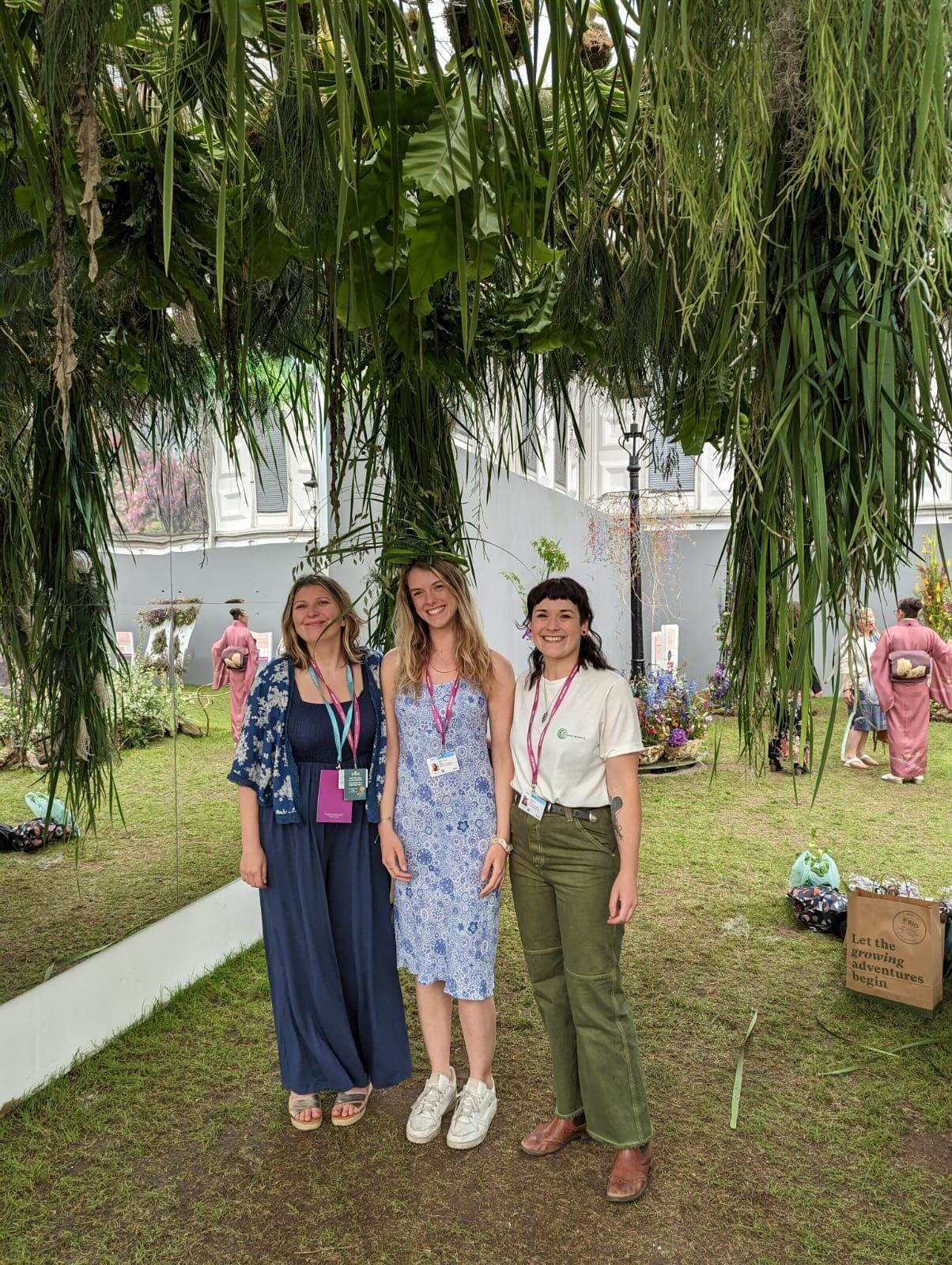
By Emily Yates
Nursery News Vol. 20
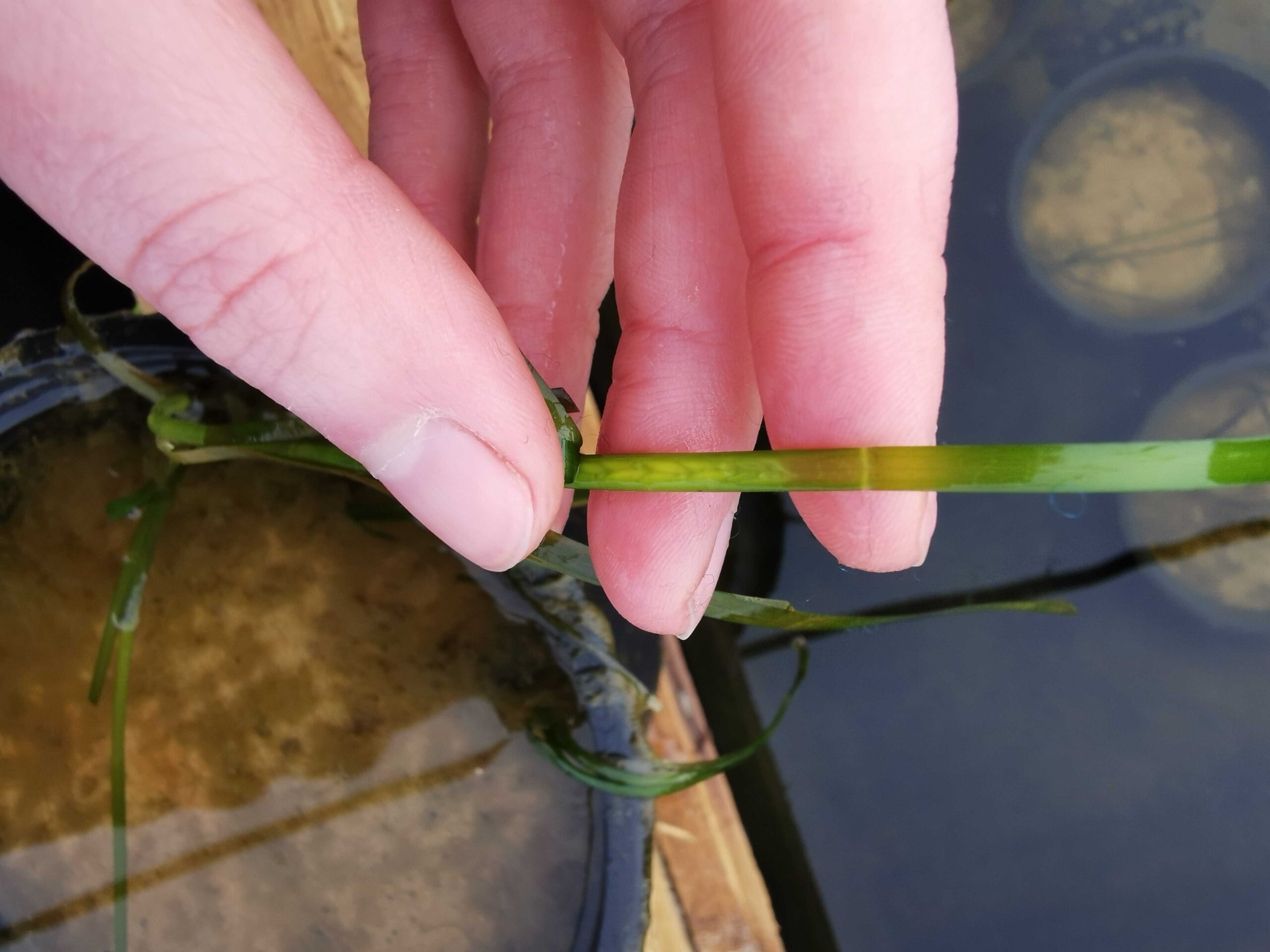
By Emily Yates
Nursery News Vol. 19
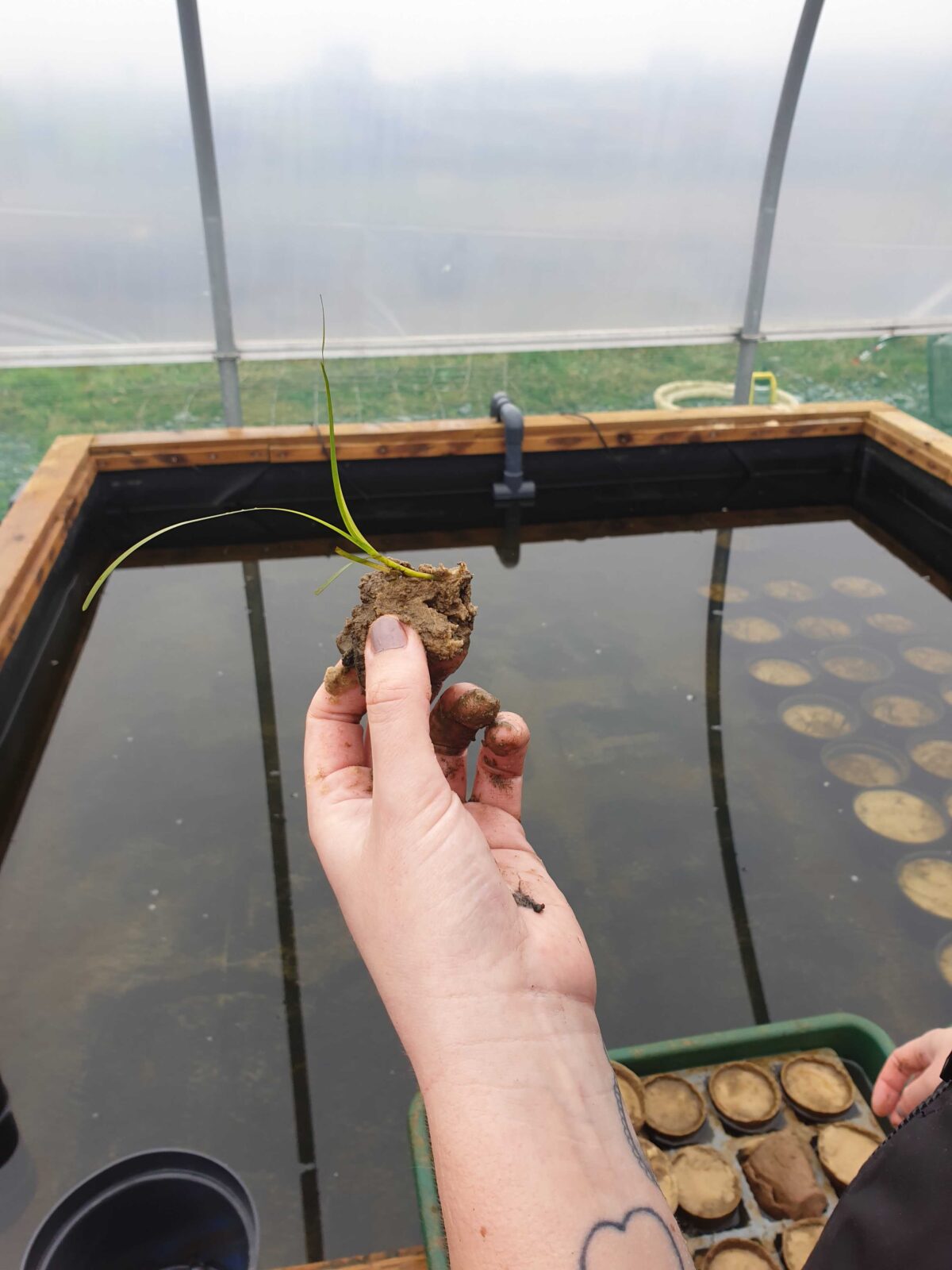
By Emily Yates To donate to our Aviva Community Funds and find out more, click the links below: Making marine conservation more accessible Saving the worlds seagrass Developing the Project Seagrass nursery
World Seagrass Day and Seagrass Awareness Month at Project Seagrass
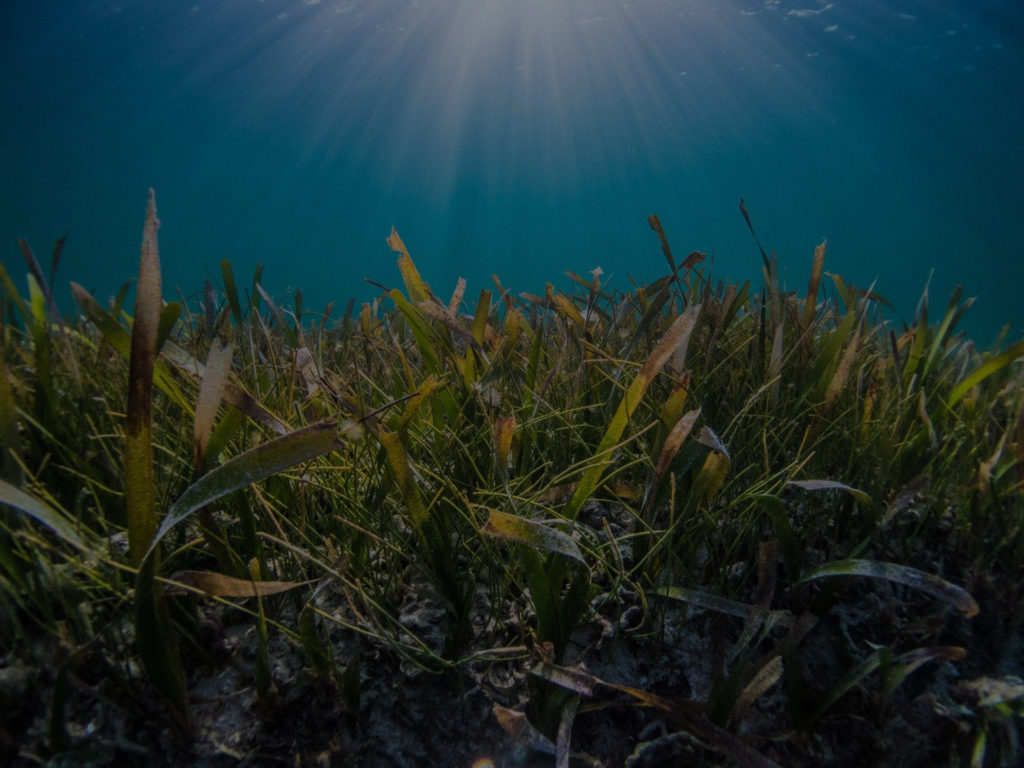
Storm Garry March 1st marked an important date in seagrass history as globally we celebrated the very first World Seagrass Day, formally recognised by the United Nations! This day will continue to annually raise awareness of the importance of healthy seagrass meadows. Seagrass is the only marine flowering plant in our ocean, creating vital marine habitats (known as seagrass meadows) within shallow, sheltered coastal areas. Seagrass meadows have many ecosystem services: they serve as a habitat, nursery ground and feeding area for thousands of marine animals. They also produce oxygen, improve water quality, buffer ocean acidification, reduce coastal erosion and lock carbon within their sediments. However, seagrasses are threatened globally and this is often due to anthropogenic threats such as industrial and agricultural pollution and coastal development. In order to protect these meadows, we must spread awareness of the ecosystem services seagrass holds. By conserving and restoring seagrass we can contribute to achieving 16 of the 17 Sustainable Development Goals, set by the United Nations. Here at Project Seagrass, we kicked off World Seagrass Day with a live international panel, where we took ‘a deep dive into the global challenges of seagrass conservation’. Within this webinar panelists discussed the challenges seagrass meadows are facing and how we can overcome them which built on our 2018 research article with the same name. Our international panel was followed by a LinkedIn Live alongside our partners at CGI UK, where we celebrated the release of a new open-source algorithm which will aid the mitigation of climate change and map biodiversity, by locating and quantifying seagrass meadows using satellite imagery. On the other side of the digital sphere, our Chief Conservation Officer (CCO) Benjamin Jones made an online appearance as President of the World Seagrass Association, speaking at a national event in Sri Lanka, hosted by the Ministry of Environment. This was hugely significant for Sri Lanka, since they set the ball rolling by tabling the resolution that led to the adoption of an official UN World Seagrass Day. Project Seagrass also participated in activities alongside our “Seagrass Ecosystem Services Project” partners Blue Ventures. The team at Blue Ventures and Husikonservasaun, celebrated with a beach clean, community events, seagrass talks and locally managed marine area (LMMA) talks in Hera, Timor Leste. Credit: Blue Ventures and Husikonservasaun The month of March is also considered Seagrass Awareness Month, the roots for which lie in Florida, USA, where organisations like the Fish and Wildlife Foundation of Florida use the month to celebrate seagrass and raise awareness about the significance of seagrass for the Florida’s waterways and wildlife. Throughout Seagrass Awareness Month, our Seagrass Ecosystem Service Project partners were busy conducting further Baited Remote Underwater Video (BRUV) and seagrass assessments. Blue Ventures, Timor Leste, Save Andaman Network, Thailand and Yapeka, Indonesia are using these assessments to identify key areas of seagrass for fisheries and monitor seagrass health. In addition, a new phase of our Seagrass Ocean Rescue project began in Wales, England and Scotland, UK, with over 300,000 seeds that we harvested last summer, leaving our seed storage unit to be planted. In Wales, this project will continue until the end of 2026, with an aim to have planted seagrass across 10 hectares of the seabed. This project builds on the support of the local community in Pen Llyn, Wales. Furthermore, we have also teamed up with WWF Cymru with a petition to call upon the Welsh Government and express the urgency to support the restoration seagrass meadows. Credit: Theo Vickers The first UN designated World Seagrass Day gave seagrass the recognition it deserves, being celebrated across the world. In recent years there have been many advancements in seagrass knowledge, however there is still a long way to go for seagrass. By continuing to raise awareness and better understanding these incredible marine plants, we can protect these vital ecosystems. Find out more about what we do our website: www.projectseagrass.org For more information on the UN’s Sustainable Development Goals: https://sdgs.un.org/goals
Nursery News Vol. 18
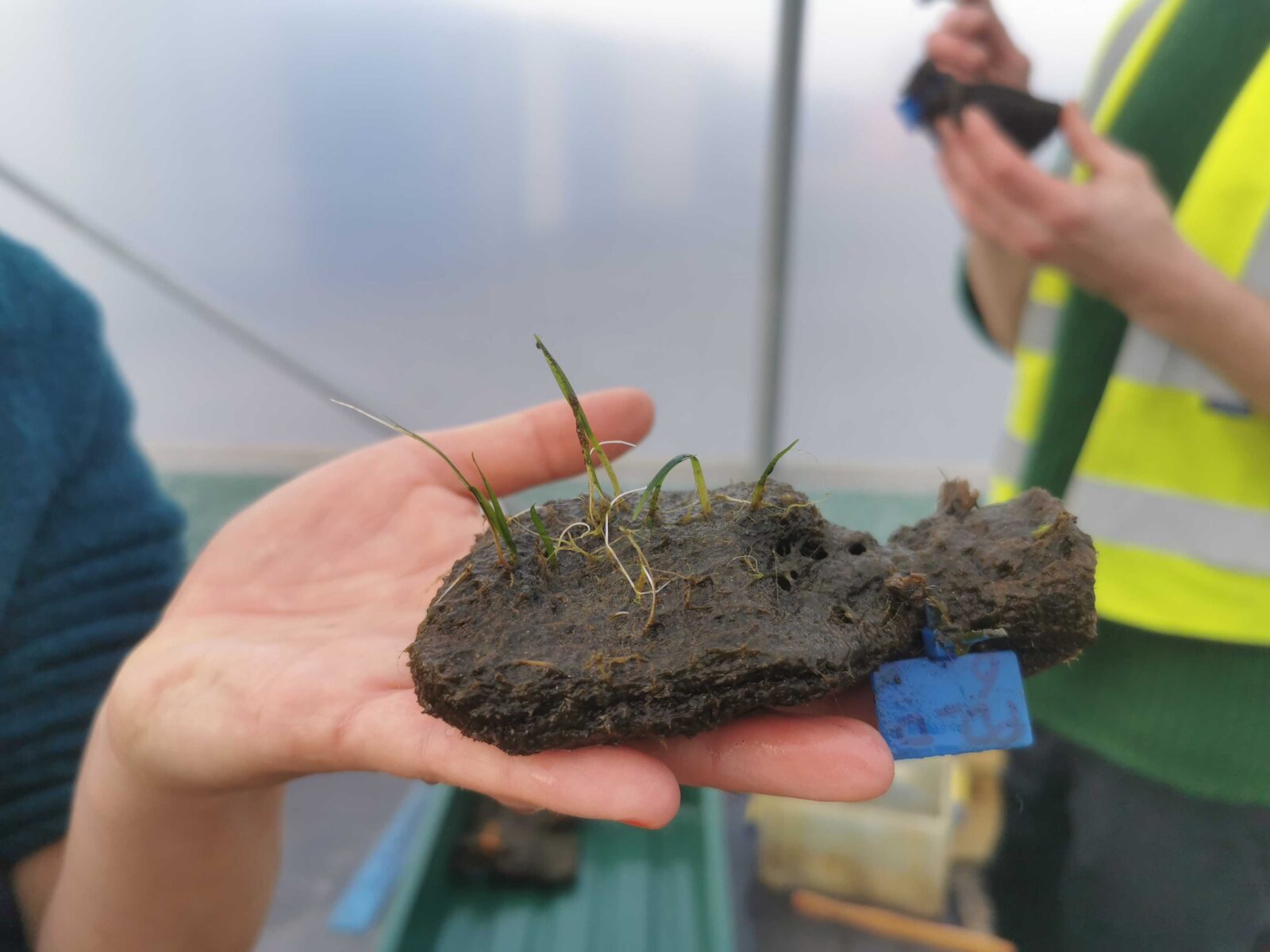
By Emily Yates.
Nursery News Vol. 17
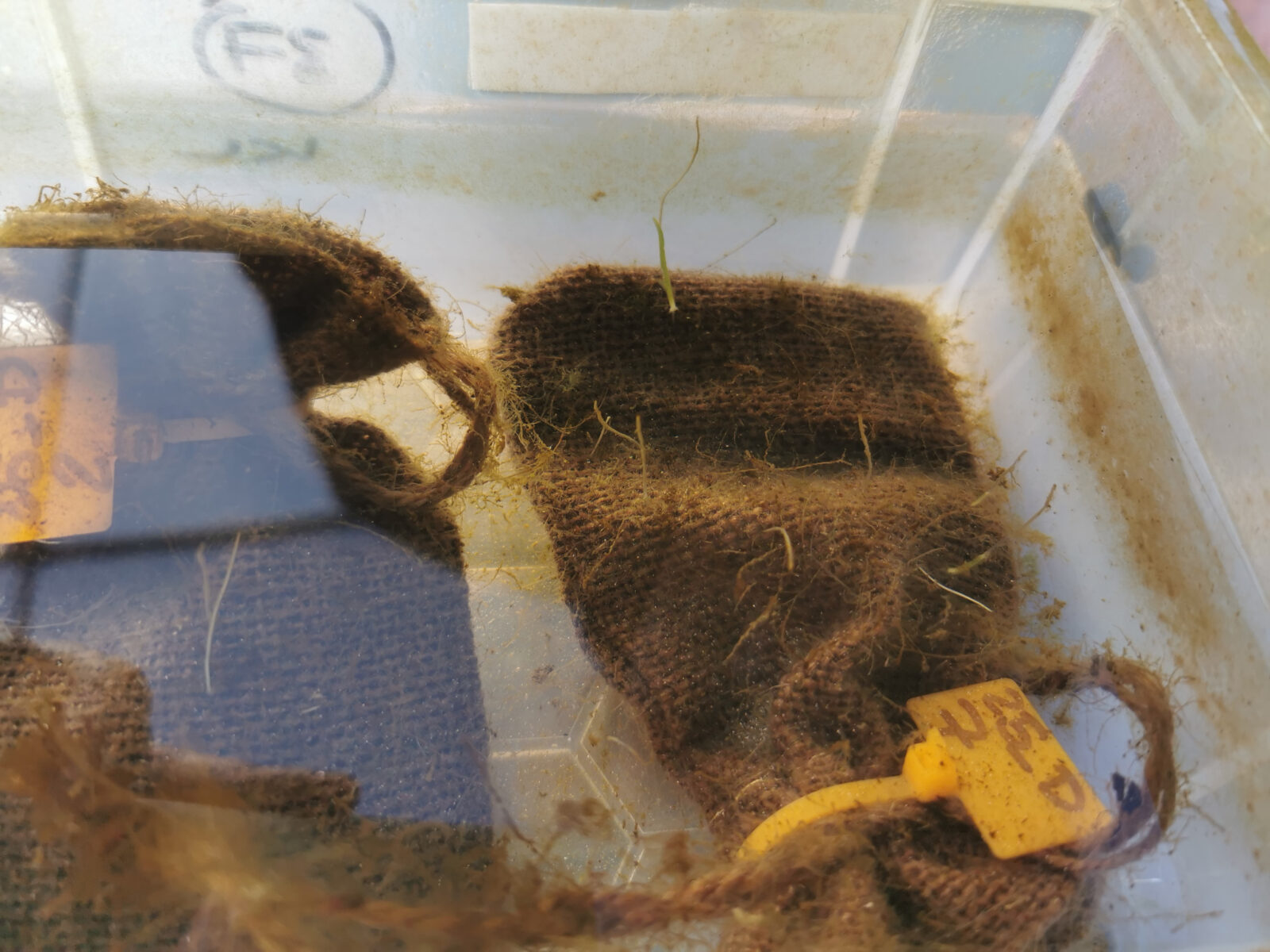
By Emily Yates
Ben Jones appointed as President of the World Seagrass Association
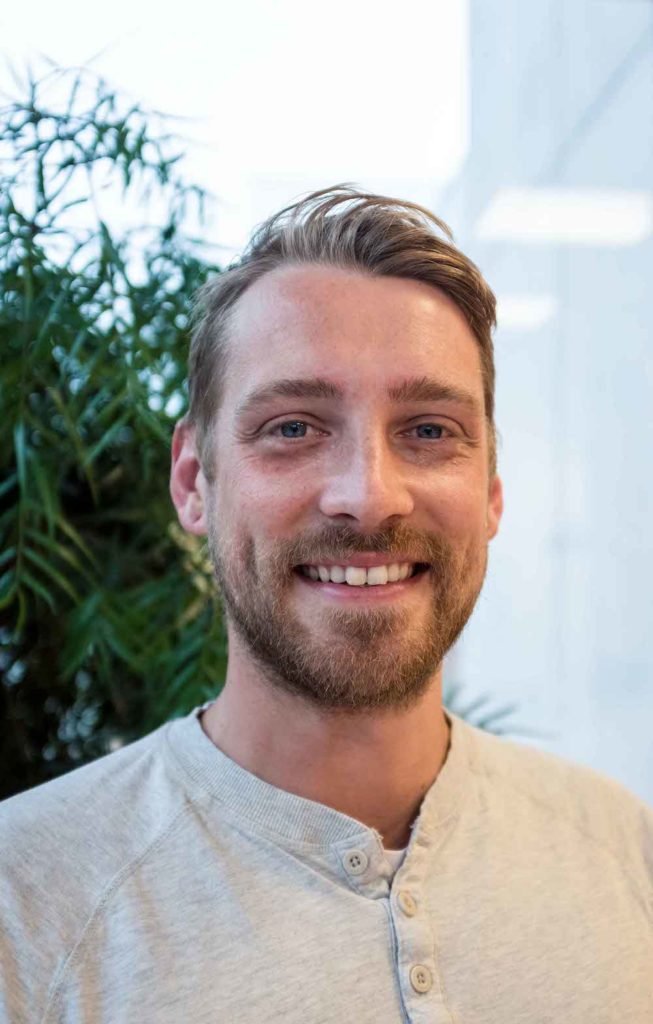
Dr Benjamin Jones, Chief Conservation Officer at Project Seagrass has started his two-year term as President of the World Seagrass Association (WSA). He steps up to the role having been elected at the WSA Annual General Meeting (AGM) in December 2022. Prior to this he’s served on the WSA Steering Committee for a number of years. “I’m so thrilled to take on this challenge alongside the management committee consisting of Vice President Emma Jackson, Treasurer Yi Mei Tan and Secretary Len McKenzie, as well as the Steering Committee who will share collective responsibilities in determining and delivering the strategic direction of the association and providing oversight,” says Ben. Four years of achievement Outgoing president, Dr Jessie Jarvis of the University of North Carolina Wilmington, brought her term to a close with the Associations AGM in December. “I have had the privilege of serving as the WSA president during a time of unprecedented change and uncertainty,” said Jessie. “The challenges we faced as a global community during the pandemic were only eclipsed by the overwhelmingly creative ways that our membership worked together to continue the WSA mission. Some highlights of our achievements over the last four years include supporting Sri Lanka and their global partners to have World Seagrass Day officially recognized by the UN, introducing a seminar series while also providing a new way for members to connect, and working with the ISBW Organizing Committee to ensure that not only ISBW 14 but future ISBW meetings, continue to bring us together.” During Jessie’s presidency the Association has: Endorsed and contributed to the report, Out of the Blue: The Value of Seagrasses to the Environment and to People, released by the United Nations Environment Programme (UNEP) together with GRID-Arendal and UNEP’s World Conservation Monitoring Centre (UNEP-WCMC). Launched the WSA Seagrass Seminar Series in response to the COVID-19 Pandemic, assembling eight researchers from across the globe to deliver 5 different talks and panel discussions from seagrass communication to ocean acidification. Welcomed and supported the decision of the UN General Assembly to adopt a resolution from the government of Sri Lanka to recognise March 1st as World Seagrass Day. Supported the 14th International Seagrass Biology Workshop & 2022 World Seagrass Conference in Annapolis, MD, USA, the theme of which was “Signs of Success: Reversing the Course of Degradation.” Provided financial support to 10 students in order to attend ISBW14. Achieved a 12% growth in membership numbers. A presidential vision Ben is looking to start his presidency on the front foot. “As part of the steering committee for many years, I’ve seen what a well-run ship the WSA is and how much it can achieve. Just look at the last four years,” he says. “I’ve also realised how quickly the years pass, so if I’m to have a contribution, it’s vital that I have a vision early on.” Ben is determined that the seagrass community steps up and plays a full role in efforts to combat the biodiversity and climate crisis. “The current decade will be transformative, it needs to be,” he says. “There is now broad awareness across society of the desperate need to halt the decline in nature, and seagrass in particular. We have political will and businesses wishing to participate. For probably the first time, seagrass is now up there with coral reefs and forests in public perception. We currently sit within the UN Decade on Ecosystem Restoration and the UN Decade of Ocean Science for Sustainable Development, and as a membership we need to build on the momentum achieved in the past four years and do our part to support these global movements.” However, while there is now more will to protect nature and more resources available, experience of achieving seagrass conservation and restoration at scale is limited. Ben believes that this is where the members of the WSA must play their part. “We need ambitious plans, and they must be socially- and ecology-informed and evidence-rich. They need to be science backed” he says. Amplifying voices and providing a platform for new growth Ben wants to work to amplify underrepresented voices within the seagrass science, conservation, restoration, and management community, as well as continue with efforts to develop the WSA as the expert voice for seagrass. “We need work to make WSA more inclusive and relevant for its membership, particularly students, to foster a stronger community and continue to raise the profile of seagrass science to meet ever increasing societal and environmental challenges,” he says. “I’d also like to explore opportunities for supporting global seagrass science, conservation and restoration through a small grants scheme for students and young professionals,” he says. “We must endeavour to give individuals from under-represented groups opportunities. In that sense, I see the WSA like a gym, the more effort we put in as a community, the more rewards we’ll see and a community.”

